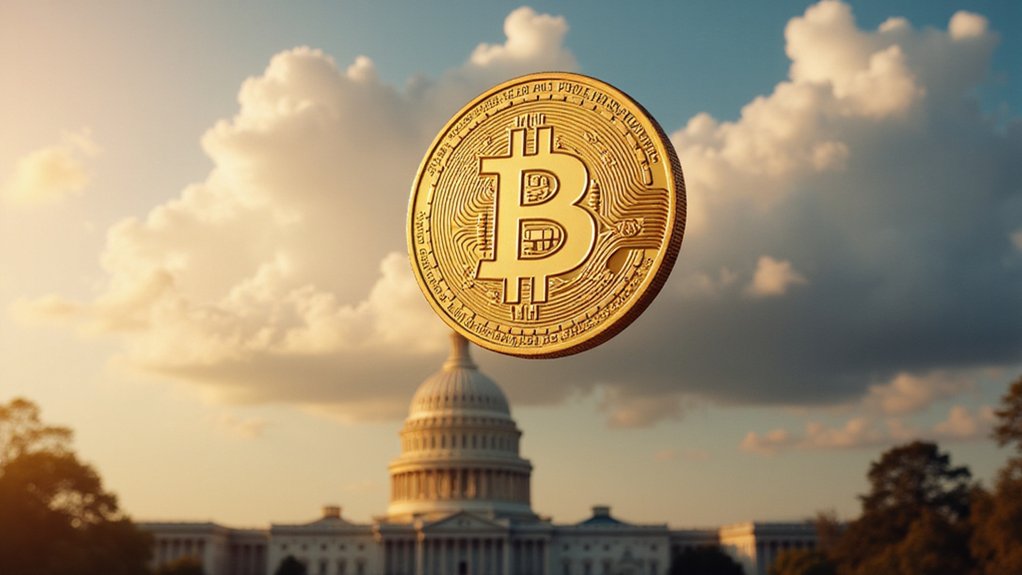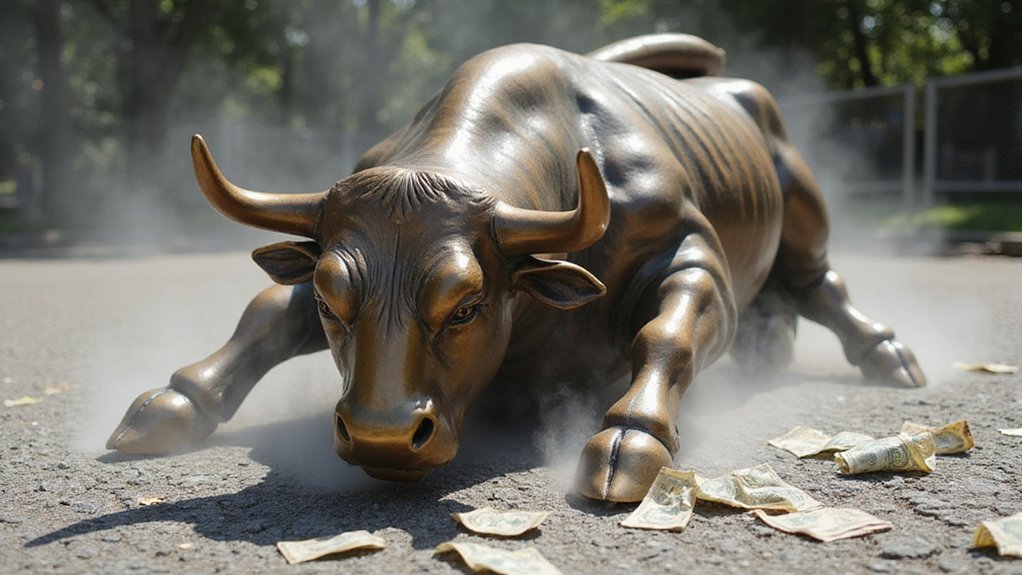When will investors learn that predicting the precise moment a speculative asset transforms from a revolutionary investment into a cautionary tale requires the kind of prescience typically reserved for fortune tellers and Federal Reserve chairmen?
Robert Kiyosaki, author of *Rich Dad, Poor Dad*, has positioned himself firmly in the bubble-warning camp, despite a chorus of experts forecasting Bitcoin’s continued ascent toward stratospheric valuations.
The irony is delicious: while 24 crypto industry specialists project BTC reaching approximately $458,647 by 2030, and bullish voices like Mike Novogratz anticipate new all-time highs potentially hitting $200,000 in 2025, Kiyosaki warns of an imminent collapse.
This divergence creates a fascinating study in financial psychology, where mainstream forecasts averaging $145,167 by year-end collide with bubble narratives rooted in Bitcoin’s notorious boom-bust cycles.
Current market sentiment reflects this schizophrenic outlook. Technical indicators show 64% bullishness with a Fear & Greed index registering 71 (Greed), yet bearish projections suggest potential drops to $70,000 or lower.
The professional consensus appears cautiously optimistic—61% of panelists endorse purchases, while 52% consider Bitcoin undervalued—creating an environment where conflicting signals abound.
Kiyosaki’s bubble prediction gains credence when examining Bitcoin’s historical volatility patterns, characterized by rapid price increases followed by sharp corrections.
The cryptocurrency’s speculative nature, coupled with widespread institutional adoption, creates conditions reminiscent of previous asset bubbles where fundamental disconnects from underlying value became unsustainable.
Yet dismissing the bullish case entirely seems premature.
Forecasts indicating fluctuations between $77,000 and $155,000 in 2025 suggest professional analysts acknowledge volatility while maintaining directional optimism.
Some establish “buy the dip” zones between $78,000-$82,000, with invalidation points under $29,830—hardly the language of bubble enthusiasts.
The controversy ultimately hinges on timing and magnitude.
Long-term projections exceeding $1 million by 2035 assume continued adoption and regulatory acceptance, while bubble warnings focus on short-term speculative excess. Near-term technical analysis reveals Bitcoin’s bullish momentum with a rising 200-day moving average since late September 2024 supporting the weekly trend.
Bitcoin’s market cap reached $1.9 trillion by April 2025, establishing it as the fifth-largest global asset and demonstrating its evolution from digital experiment to financial titan.
Perhaps both perspectives contain elements of truth: Bitcoin may indeed experience significant corrections while maintaining its long-term trajectory. Kiyosaki maintains that even 0.01 BTC ownership could potentially transform lives, despite his warnings of near-term bubble conditions.
After all, distinguishing between healthy consolidation and catastrophic collapse requires exactly the kind of market timing that has consistently humbled even the most seasoned prognosticators.








